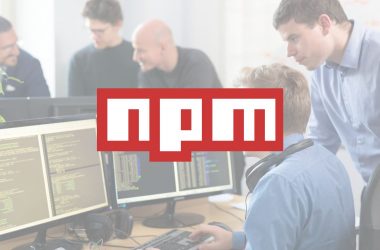The Cardano (ADA) currency was launched in 2017 and is billed as a third-generation blockchain, after Bitcoin and Ethereum. The Cardano (ADA) currency aims to compete with Ethereum and other popular decentralized application platforms, saying that it is a more secure, scalable, and efficient alternative.
The decentralized applications are similar to the apps of playstore used in a smartphone. The main difference is that these apps run autonomously without a third party operating in the background. They achieve that autonomy by using some intelligent contracts, these are basically computer programs that are designed specifically to perform a particular function when certain predetermined conditions are met.
Cardano Use Case
For instance, you can create a collateralized borrowing dapp that loaned money to anyone if they tend to deposit a specific amount of collateral in a wallet beforehand. In this example, the smart contract will be programmed to send a loan (transaction) to the borrower immediately after the collateral wallet receives the right amount of funds. The smart contracts can also be programmed to liquidate the collateral if the borrower fails to make the repayments on time. Cardano (ADA) currency also touts itself as the only extensively peer-reviewed blockchain platform in the industry that routinely publishes academic research papers on its website.
ADVERTISEMENT
What is the price of Cardano (ADA) Currency?
The Cardano (ADA) currency was launched in 2017 following a public sale of around 25.9 million ADA tokens, beginning in September 2015. Furthermore, 5.2 billion tickets were shared among three separate entities that market and develop the Cardano protocol. IOG (Input Output Global), Emurgo, and the Cardano Foundation. IOG issued 2.46 billion tokens, Emurgo gave 2.06 billion, and the foundation 648 million. When the tokens became tradable publicly, the price of Cardano (ADA) currency was $0.02. Within 96 days, the prices skyrocketed to the previous all-time high, which was $1.31 in tune with the remaining of the crypto market during the 2017 crypto bull run. However, like the prices of other crypto assets in 2018, Cardano (ADA) currency prices also fell sharply that year, and by November 2018, it fell back to $0.02.
It took more than two years before the ADA currency returned to above $1.31, continued to climb, and hit $2.46 in mid-may 2021.
How does the Cardano currency work?
The native blockchain of Cardano (ADA) currency is divided into two separate layers to fulfill different tasks and improve the overall efficiency.
ADVERTISEMENT
- CSL (Cardano Settlement Layer) facilitates peer-to-peer transactions of the ADA native tokens.
- CCL (Cardano Computational Layer) is used to execute smart contracts.
The Cardano (ADA) currency blockchain operates using a POS (Proof of stake) consensus mechanism for discovering all the new blocks and adding the transaction data to the blockchain, called ‘Ouroboros.’ This proof of stake system involves the holers of Cardano (ADA) currency locking up their coins in pools operated by other participants or becoming operators of the stake pools themselves.
Ouroboros uses a period system called epochs to create new blocks, where each epoch lasts five days. Inside each epoch, there are around 21,6000 smaller units of time called slots or one slot of 20 seconds. The stake pools are randomly assigned to each slot as a slot leader and tasked with creating some new blocks for that slot.
Though anyone can run their staking pool, it requires technical expertise to do that successfully. The rewards for adding more blocks to the chain are distributed among the operator of the stake pool. The prizes are in proportion to how many coins are staked in the pool by each player.
ADVERTISEMENT
The more the coins collected in the stake pool, the greater the chance they will be selected randomly to become a slot leader and add the following block in the chain. You can think of these staked coins as lottery tickets. While having more keys increases your winning chances, it does not guarantee that you will win. Therefore, to prevent giant pools from dominating the system, each staking pool is governed by a ‘saturation parameter,’ which offers the stake pools lower rewards once they reach a specific capacity. That gives the Cardano (ADA) currency stakers an incentive to relocate their coins to smaller pools.
Image reference: newsbtc.com
Reference Links
Procommun Suggestions
procommun.com








